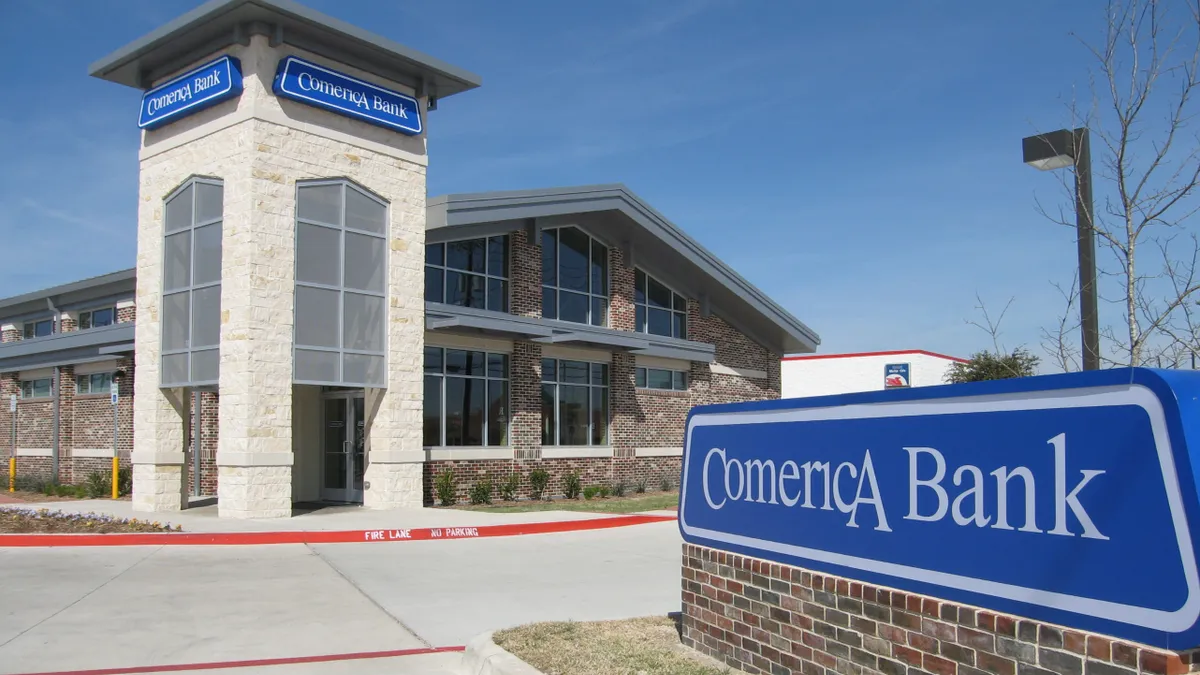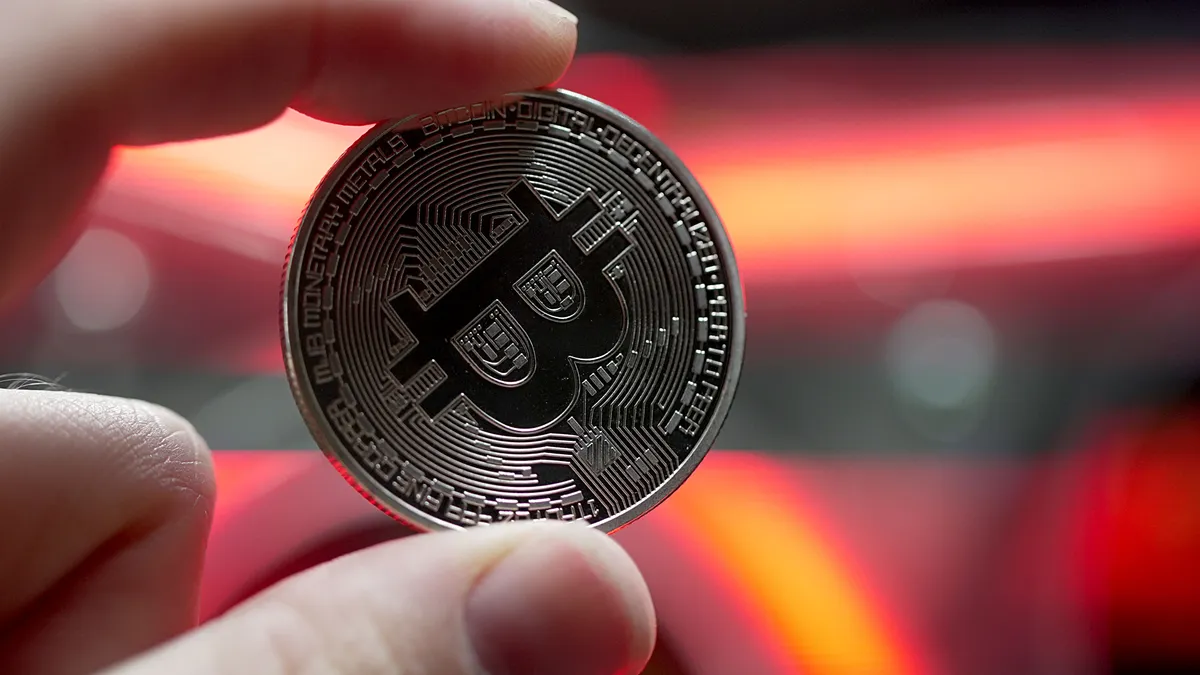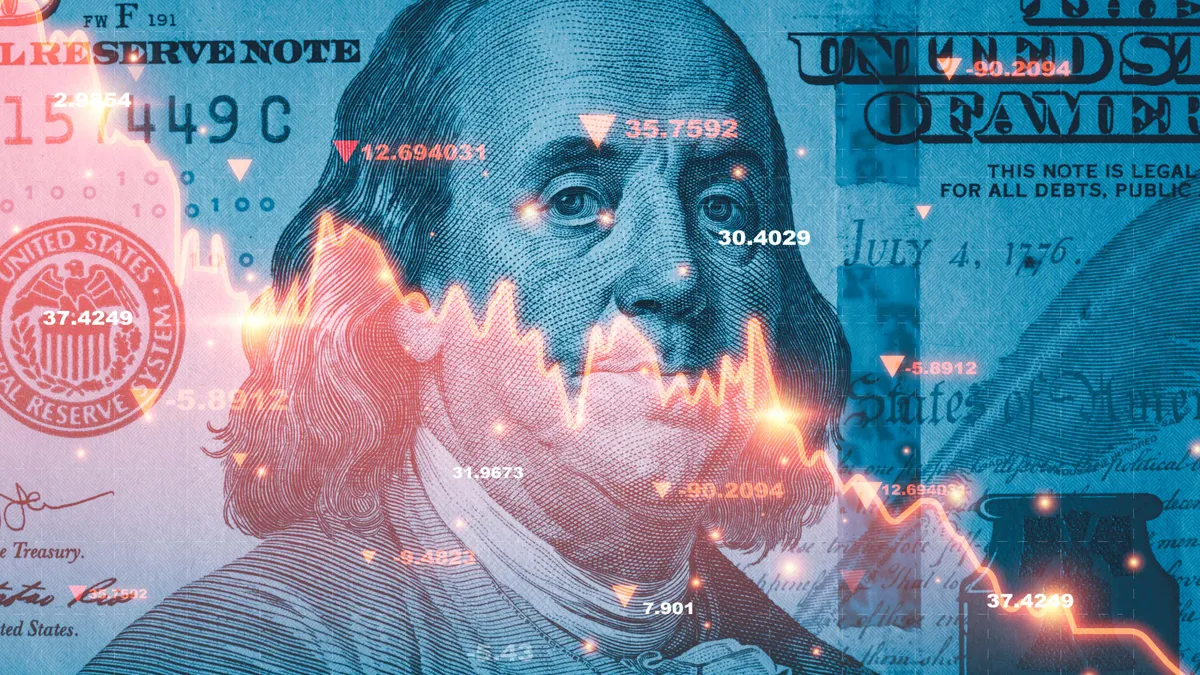NEW YORK — FedNow is poised to complement the private real-time payments network run by The Clearing House, Federal Reserve Vice Chair for Supervision Michael Barr said in remarks delivered Friday at The Clearing House’s annual conference.
Barr’s commentary was part of a question-and-answer session that covered payments priorities, digital assets, regulatory approaches and monetary policy. Here are five key takeaways:
1. FedNow isn’t expected to fragment or duplicate existing private real-time payment rails.
Barr said he expects FedNow and RTP to co-exist, with banks choosing which rail to route payments through.
“I don’t foresee this being a conflict. ... Banks are going to have optionality in the systems they use, and they might use different rails for different kinds of payments,” he said.
Barr said he felt the uptake for FedNow, though slow, is consistent with expectations. It will be important to get community banks on board and ensure core providers offer it to them in a fair, accessible way, he said, adding that wide-scale adoption could take years.
Responding to a question about whether FedNow would cut into bank fee income, Barr said the ability of businesses and households to receive money instantly would be a “huge benefit for American society,” and could have a significant impact in reducing overdraft fees and insufficient funds fees.
FedNow isn’t expected to introduce additional risk into the system because banks will be able to set controls and cap transaction levels, he said. For that reason, it’s not expected to encourage future bank runs. Silicon Valley Bank failed because of mismanagement of interest rate and liquidity risk, Barr added. The technology made it possible to withdraw funds, but not through “any fancy new technology, [it’s] technology that’s been around since the 1970s,” he said.
2. There is no conflict between the Fed’s role as a regulator of debit card costs and as the operator of FedNow.
The Fed board last month voted in favor of a proposal that would cut a cap on the interchange fee that debit card issuers can charge merchants to process a transaction. The proposal would lower the base debit fee rate by about 30% to 14.4 cents from 21 cents.
Barr said Congress assigned the Fed a particular role with respect to debit cards, ensuring that interchange fees are “reasonable and proportional in relation to specified costs.”
“That’s our job. We do the job Congress assigned us … and I don’t see that influencing or connecting in any way with our work on FedNow,” he said.
3. The Fed’s novel activities supervision program will help the Fed determine the parameters of responsible innovation in the crypto space.
The Fed’s novel activities program will provide greater clarity on guardrails to banks that seek to pursue crypto initiatives.
“We want to enable banks to innovate using these new technologies, but to do that in a way that is safe and sound, that complies with consumer protection laws, that doesn’t expose the banking system to threats from illicit finance, terrorist financing, money laundering — all those issues really need to be completely buttoned down,” he said.
On stablecoins, Barr made the case for strong federal oversight, including on issuers and the wallets, coupled with robust enforcement. The Fed also continues to research new and emerging payment technologies, including distributed ledger technologies, to assess whether they can be deployed to make the payment system more efficient.
“I'm not super into all the very large claims people make for central bank digital currency, but I do think that the underlying technology, if it can lower costs, [can] improve efficiency, those things are worth researching,” Barr said.
4. The Fed’s Basel III endgame capital-requirements proposal is expected to have minimal impact on the cost of borrowing.
Barr hit back on industry criticism that stricter capital requirements would make mortgages more expensive, saying the proposal mostly addresses capital requirements for trading and a “very small portion” would be related to lending. If the proposal is adopted — and assuming all of the additional costs would be passed on to the borrower — the average increase in the cost of a loan would be 0.03%, he said.
“It's a very, very small change in the cost of credit, and a significant increase in the resiliency of the banking system,” he said.
Under the proposal, lenders with at least $100 billion in assets would have to increase the amount of capital they set aside by an estimated 16%. Critiques of the capital-requirements proposal have generated considerable noise from the banking industry, lawmakers and other stakeholders.
He acknowledged that the public nature of the debate — which lobbyists have articulated in Sunday night football ads — is unusual, noting that feedback on these types of proposals would usually be expressed through comment letter processes.
5. A culture change is needed at the Fed to ensure examiners can act more quickly to avert future crises.
“[With Silicon Valley Bank], supervisors identified the risks … but they didn't feel empowered to push hard enough to get the bank to take action, and so one of the things that we're making sure of is that supervisors know that they should act with speed, and with force and with agility,” he said.
Empowering examiners will require a change of culture, Barr said, ensuring “examiners feel supported and empowered to take that step.”






















